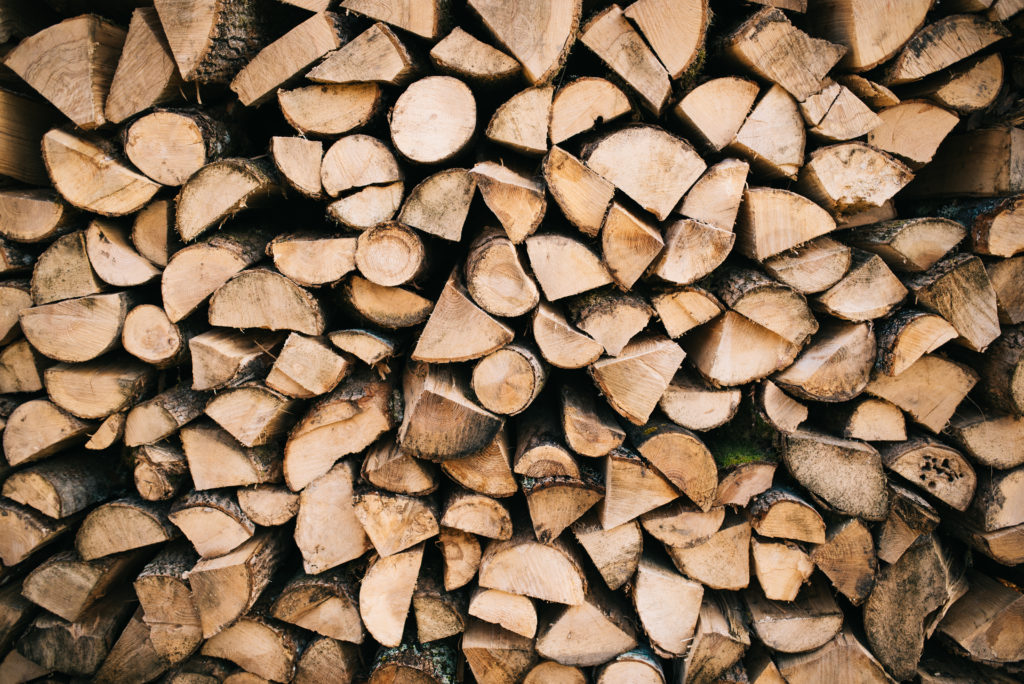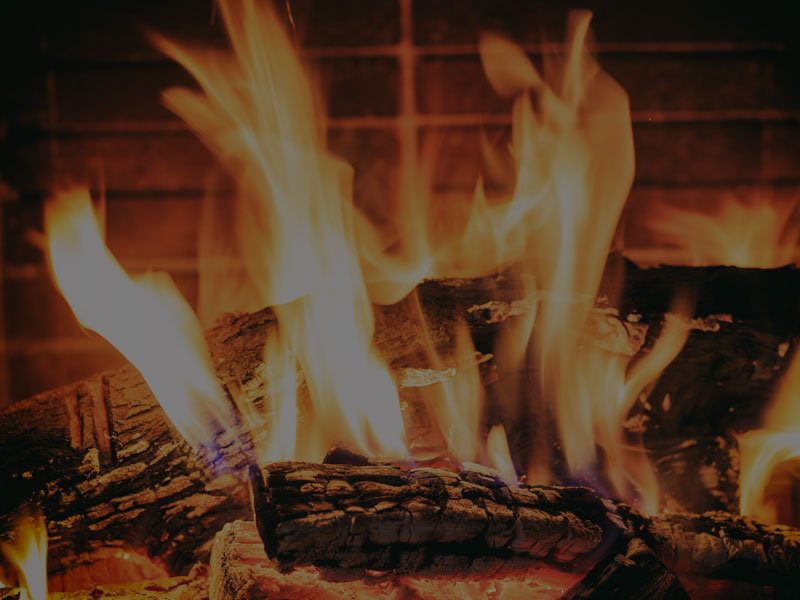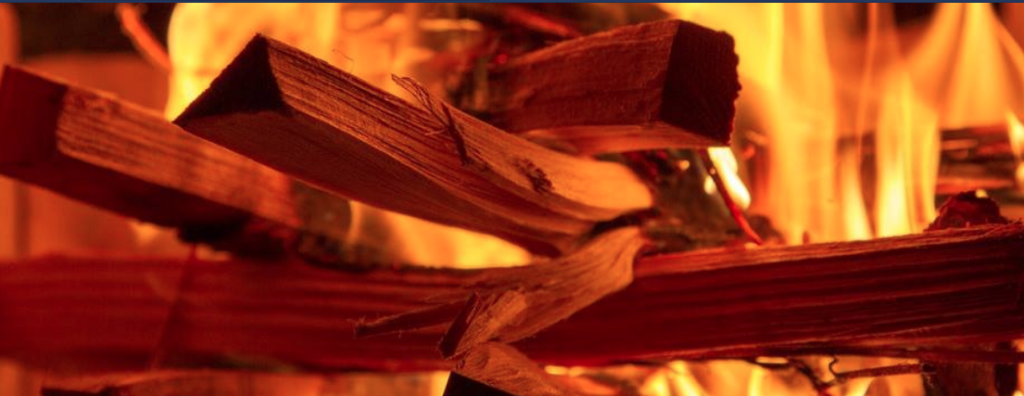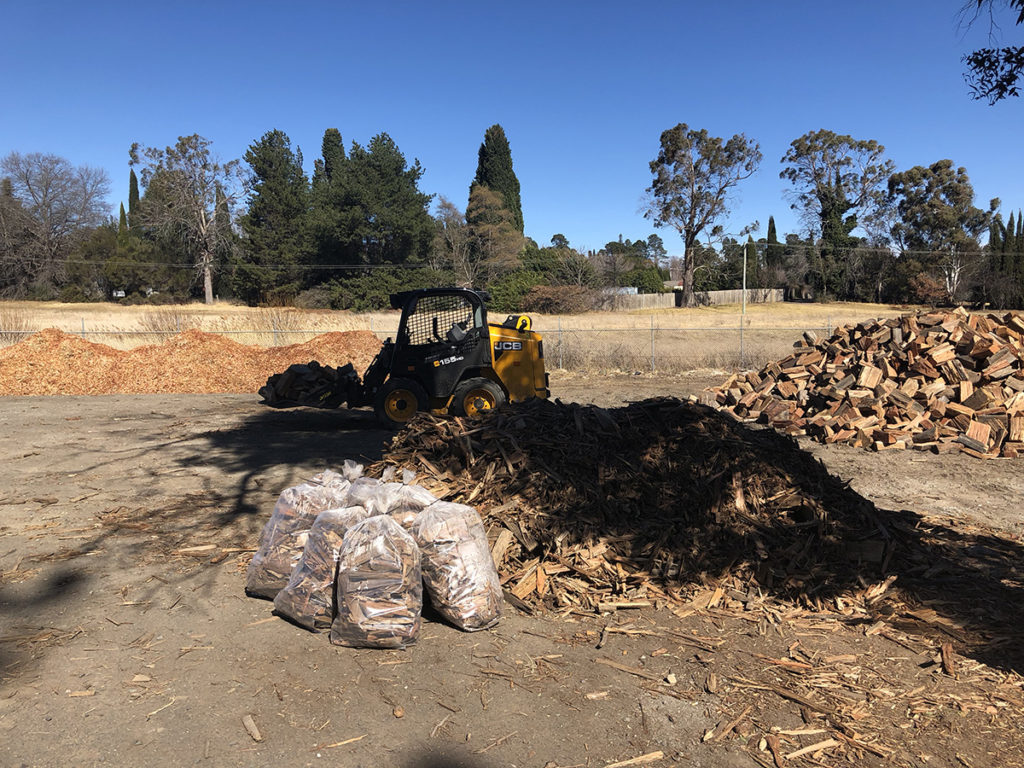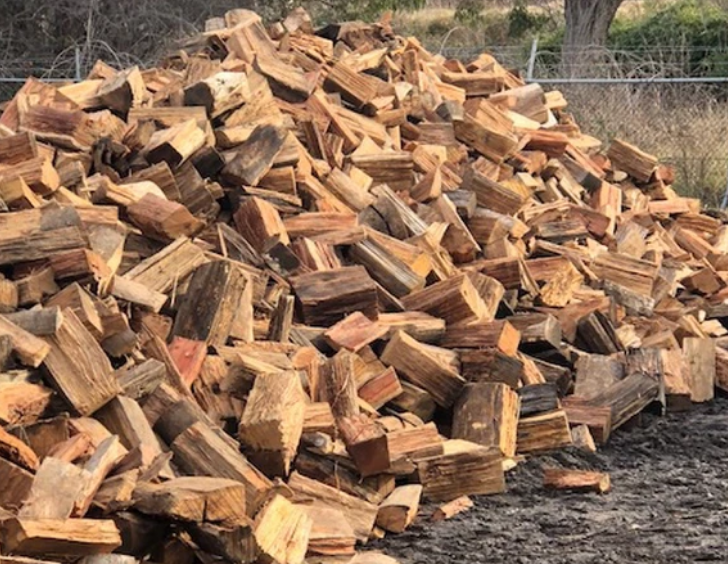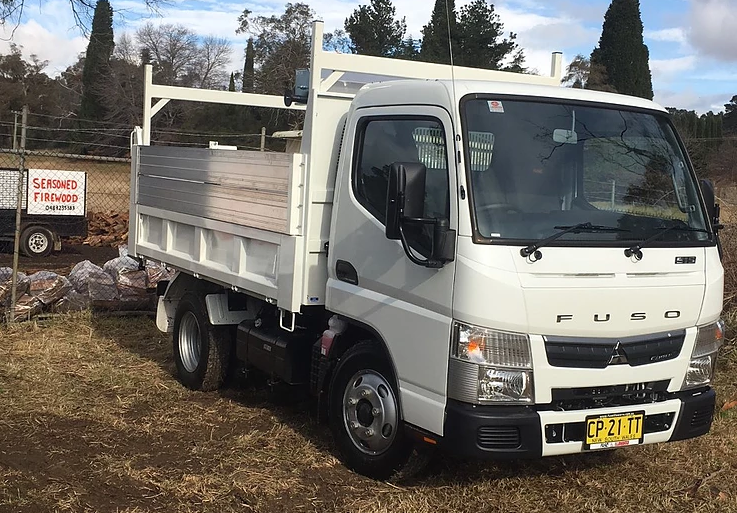As the nights draw in, there’s nothing cosier than a crackling log fire or warming woodburner. Here is our expert guide on the history of the woodfire, the best wood to burn for the perfect blaze and tips on how to light a fire.
Woodsman and author Vincent Thurkettle explains the history behind the wood fire and the role it played in the evolution of the human species, along with tips on how to light a fire, best wood to burn and storage.
History of the wood fire
Evidence is growing that we had fire long before we were actually human. Many anthropologists now believe that it was almost two million years ago that our early hominid ancestors first learned to tame wild fire, to domesticate it and reap the rewards of light, warmth, protection and cooked food. Curiously, it is the last of these benefits that provides the best evidence.
While early hearth sites have been studied by archaeologists, centuries of wind and rain have caused most to melt back into the environment and become indistinguishable from the burnt remains of natural fires. The further we go back, the harder it is to say whether a slight hollow with scorched earth and charcoal fragments is a hearth or simply the remains of a burnt-out tree stump.
The physical evidence for very early, deliberate fire sites is sparse and often tenuous and many scientists now believe that the best evidence for the earliest use of fire is in fact not the hearth sites at all – rather, it’s us, the human mind and body.
We have small mouths and teeth and a short digestive tract when compared to the other primates. It seems that our bodies may have physically adapted to consume cooked food. Cooking meat and plants breaks down starch and proteins, making it easier to absorb the food energy. This pre-digestion of our raw food through cooking allows the day’s energy requirement to be absorbed much more quickly. It’s been calculated that a human would need to eat for 9.3 hours a day if all of the day’s food was eaten raw and unprocessed. Researchers have observed that non-human primates spend an average of 48% of their day eating, compared to only 4.7% for humans.
These differences in our body’s digestive system are strong evidence of an unimaginably long relationship with cooked food and the curious phenomenon of fire.
But it is not just a physical adaptation: we are mentally different, too. Even today, people tend to sit around a campfire in a circle – which is fun, but not important. But just imagine the effect on our nascent social development to sit and face each other for hours each evening. The mastery of fire had lengthened our day; sunset no longer heralded a time of predators and fear, darkness no longer held dominion – and our species blossomed.
Fire was staggeringly important to the development of modern humans and even today has an essential role in our lives – we still delight in the joy, warmth and self-sufficiency that a full woodshed promises as the nights draw in and winter arrives.
How to light a fire
There is nothing to beat the cheerful blaze of a log fire, the home feels cosy and ready for all that winter can throw at us. With a little know-how you can have a perfect fire ready in minutes and a steady ‘low’ fire for the rest of the day. Here is how to create the perfect log fire in five simple steps.
- You’ll need an ample supply of fully-seasoned firewood logs. These logs should have a moisture content of around 20% and it’s best to have a range of sizes. Fill the wood basket in daylight to save going out to the woodshed after dark and remember that an open fire will burn around five times more than a wood-burning stove.
- Good kindling is essential. Keep a small basket of dry sticks split to 1-2 cm diameter. These can be supplemented by fallen sticks and branch wood gathered during country walks – beech sticks are best. Pine cones and dried orange peel are also really good kindling. See video below for tips from Vincent on how to make kindling.
- Many people like to clean out the grate and remove the white fire ash – this is wrong. Leave a blanket of ash 3–5 cm deep and make a slight saucer sized depression in the middle where the kindling will go. The ash is brilliant at holding the very first embers and will help the fire to get going more quickly – it will also protect the inside of the woodstove prolonging its life.
- Place a large log to the back of the fire and a smaller log to the left and right of the fire. You now have a log lined enclosure to light the fire, with an ash base. Place the material you will first light, rolled up paper, shreds of cardboard or a tiny piece of firelighter, in this space and arrange several sticks of kindling on top. Have a couple of small split logs, say 5-10cm diameter, ready to place on top of the kindling once you are sure it has lit. With a wood stove have of all the air vents open at this stage and maybe the door just slightly open.
- The trick is to get the fire burning really well for 30 – 45 minutes to warm the chimney and get the stove up to working temperature – about 200 C if you have a stove thermometer. Then partly close the stove air vents, so that you have beautiful rolling flames above the fire. Feed your fire one or two fresh logs when the burning logs are half embers. Keeping the fire ‘low’, that is burning just enough wood to keep the stove running efficiently, is an art, but worth learning as it is the secret to an easy life of perfect fires.
How to store and season your firewood.
As winter bites, it feels good to have a store full of well-seasoned logs and know that, whatever nature or the modern world throws at you – in storms, power cuts or shortages – your home will be warm. But you need to be sure you have enough wood of the right quality. Knowing how much to buy in is a matter of judgement and depends on how much space you have to store your logs.
The importance of seasoning cannot be overstated. Logs dried out to a moisture content of between 15–25% are said to be fully seasoned. You can check this with a moisture meter – readily available and easy to use.
Drying is very important because it takes a lot of heat energy to boil off the moisture in wood – energy that should instead be heating your home. Hardwood logs will burn when freshly felled but have a moisture content of about 35%: so a kilo of fresh hardwood logs contains roughly 0.35 litre of watery sap, a little over half a pint. Just visualise the heat needed to boil this water away in a saucepan – what a waste.
Needing the perfect fire? We can help.
Call us on 0484 233 383.
